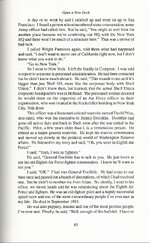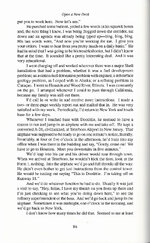Dear all,
First post, and from an EFL. Forgive mistakes.
I came across this old but very interesting discussion on roll-out of the 100-octane fuel in the RAF in 1939-1940:
 ww2aircraft.net
ww2aircraft.net
 ww2aircraft.net
ww2aircraft.net
Although no one questions the use of 100-octane, the open issue was the proportion of RAF fighters actually converted to this upgraded gasoline when the Battle of Britain took place. Two people argue that most aricraft were converted while another underlines no such thing has been quantified.
The above threads are 12+ year old: has there been any aditionnal research since them?
For example, excerpts from ORB mentioning "conversion to 100-octane", with date, are attached the thread. Was someone systematic in digging into other ORB - which are all available for free download on the TNA site - to check detailed data?
(As a side note, I find it great to see all these primary sources in the threads. But it's a pity reference of the files is always lacking, making it kind of useless for anyone doing proper research).
Thanks,
Mori
First post, and from an EFL. Forgive mistakes.
I came across this old but very interesting discussion on roll-out of the 100-octane fuel in the RAF in 1939-1940:
Use of 100 Octane Fuel in the RAF during BOB
All I promised to do some digging and come up with a summary of what I found on this topic which is the following. First of all I must thank a number of you for helping me track down the relevant documentation, there are too many to name but you know who you are and the assistance is much...
The use of 100 Octane Fuel in the RAF pt 2
All The previous thread was closed in unfortunate circumstances but I was just finishing the additional research that I promised to undertake. I feel that what I have goes some way towards addressing the outstanding questions and for completion is worth putting it on the forum. For ease of...
Although no one questions the use of 100-octane, the open issue was the proportion of RAF fighters actually converted to this upgraded gasoline when the Battle of Britain took place. Two people argue that most aricraft were converted while another underlines no such thing has been quantified.
The above threads are 12+ year old: has there been any aditionnal research since them?
For example, excerpts from ORB mentioning "conversion to 100-octane", with date, are attached the thread. Was someone systematic in digging into other ORB - which are all available for free download on the TNA site - to check detailed data?
(As a side note, I find it great to see all these primary sources in the threads. But it's a pity reference of the files is always lacking, making it kind of useless for anyone doing proper research).
Thanks,
Mori


